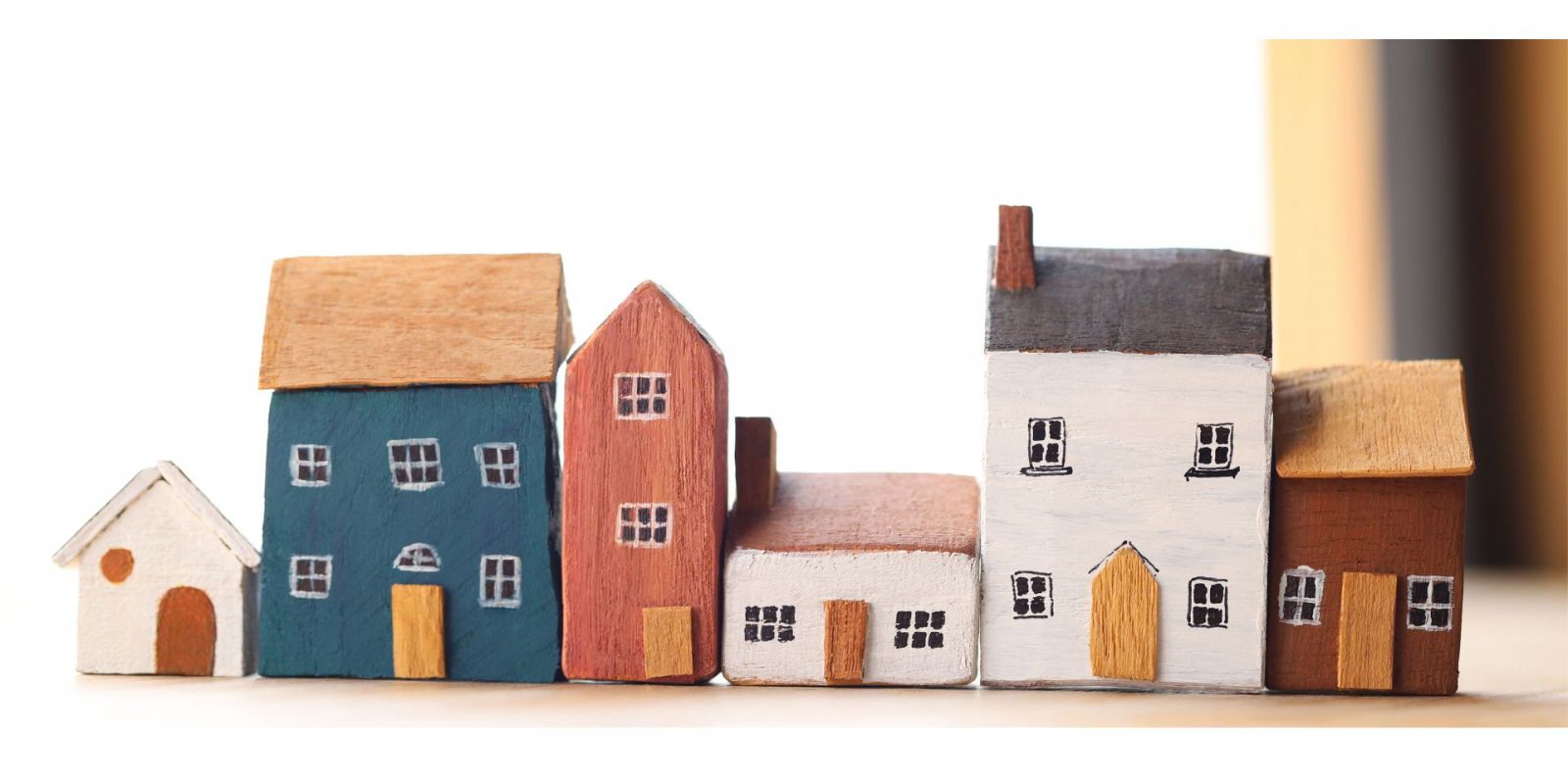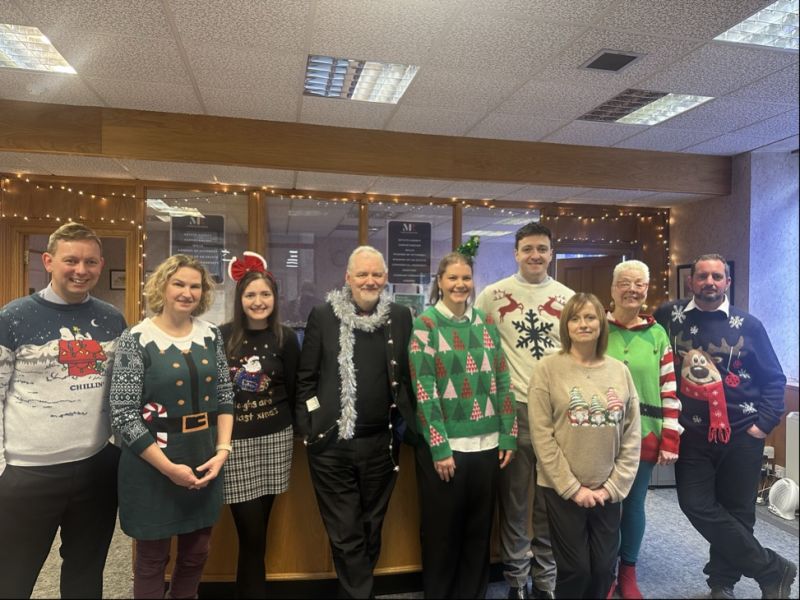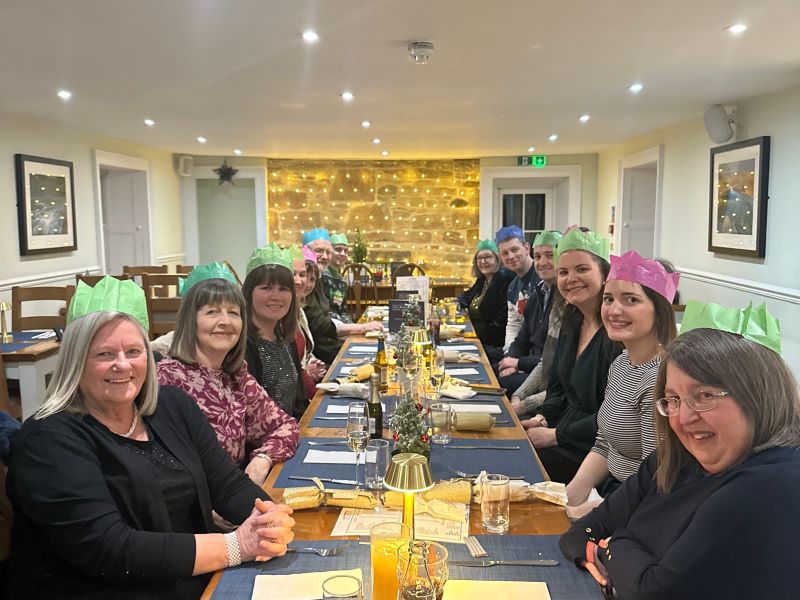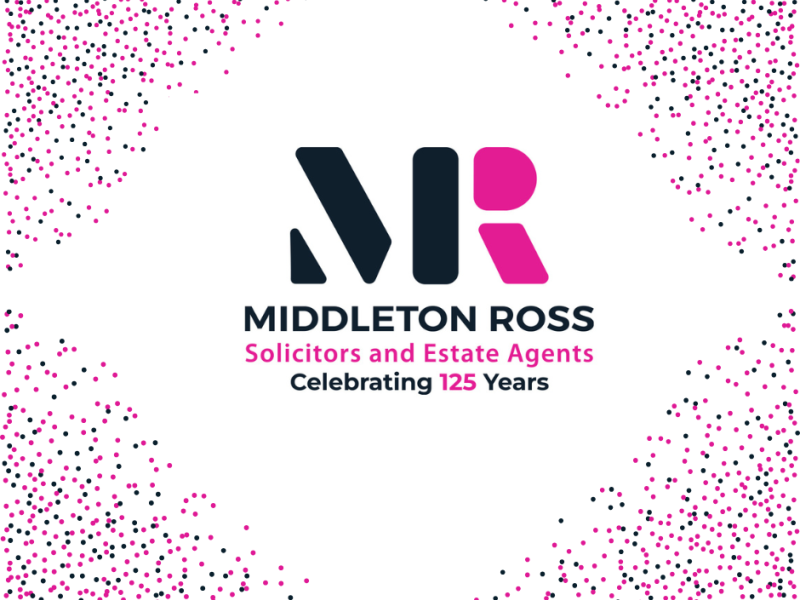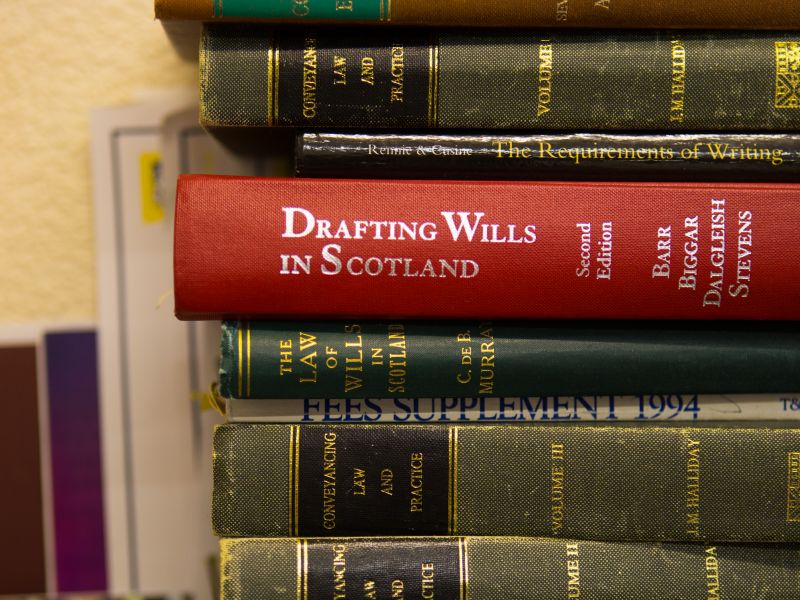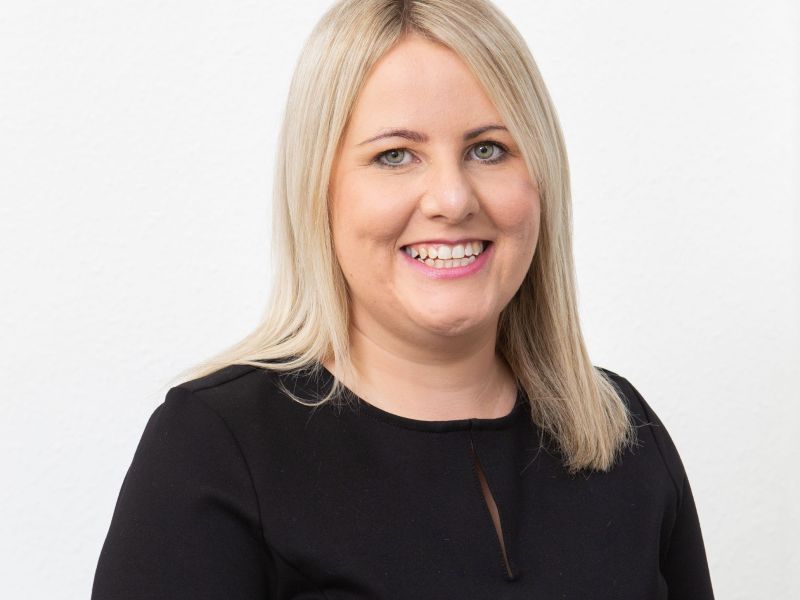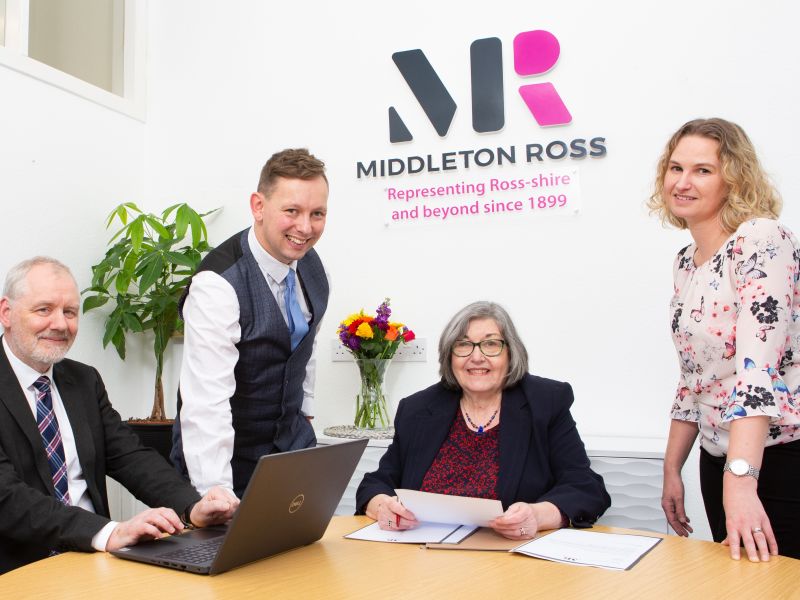Making deeds digital
An explanation of how deeds are becoming more digital and what this means.
At 123 years old and counting, Middleton Ross have a safe full of title deeds held on behalf of our clients. However, titles for properties across Scotland are becoming digital and there is less of a need to hold deeds in many cases now.
Land Register
The Land Register is a digital service. It maps individual titles for properties on the Ordnance Survey map. The Land Register began in earnest in Renfrew in 1981 but became operational for Inverness in 2002, then for the rest of the Highlands in 2003.
When someone’s title is registered on the Land Register it is shown as one title sheet, condensing all the relevant information in one concise document.
This contrasts with the historic Sasine Register, which is based on a succession of physical deeds, rather than being map-based. Most of the title deeds we hold are still recorded in the Sasine Register until they need to be registered in the modern Land Register.
Registration
There has been a gradual transition from titles being held in the Sasine Register to becoming digitised in the Land Register.
Just now, a title must be registered in the Land Register where the ownership has changed, whether or not a price has been paid. Granting a mortgage security over the house also results in registration.
The most common reasons for registration in the Land Register include:-
1. Selling a property.
2. Transferring the ownership of the title to a friend or relative.
3. A re-mortgage.
If you are curious about whether your property is already on the Land Register, a rule of thumb is that it will be on the modern register if you bought it more recently than 2003.
Keeper Induced Registration vs Voluntary Registration
The Scottish Government wishes to have the whole of Scotland registered in the Land Register. There has been a deadline set to have all private properties in the Land Register by 2024, but this is unlikely to be met at this stage.
In November 2006, Registers of Scotland (RoS) introduced Keeper Induced Registration. This is a policy where RoS take it upon themselves to register Sasine titles that have not yet had a need for registration.
The landowner does not carry any costs in registering the title under Keeper Induced Registration, it is all dealt with by RoS. However, the landowner is not consulted by RoS in advance of the title being registered, which means that any discrepancies in the title will remain unresolved, or potentially worsened, without the landowner’s solicitor having the opportunity to fix any issues beforehand.
Alternatively, a landowner can choose to voluntarily register their title in the Land Register, even if not dealing in a transaction that would require it.
The individual will have to pay their own expenses to register the title, but there is a 25% discount in registration fees from RoS to encourage voluntary registration. The benefit to this is the individual has an element of control about how the title is registered and can assess and correct any discrepancies that might appear before the point of registration.
Potential Problems
A long-standing flaw of the Sasine Register is that two neighbouring titles can potentially include the same piece of ground. This is not usually intended but can happen due to a variety of reasons, including the difference in quality in older deed plans, or when historic deeds contain very general descriptions of where a boundary lies.
Our firm has considerable experience in transferring Sasine titles to the Land Register. One of the most common elements to consider is to make sure the title boundaries are correct. A Plans Report can be ordered in advance of the new registration, which typically indicates:-
1. If the old deed plan meets the criteria to register the title in the Land Register.
2. If the boundaries in the deed plan match the boundaries shown on the OS map.
Our recent experience tells us that RoS have strict criteria for the use of deed plans in registration in the Land Register. In many cases, we hold deeds for clients where the relevant deed plan goes back several decades and is no longer suitable. In that circumstance, we would source a fresh deed plan from one of our suppliers, and ensure that the boundaries reconcile with the Land Register, before then completing the registration process.
Get in touch
If you wish to know more information about your own title deeds, please contact our conveyancing team who will be happy to help.
We will be able to assist in any of the following:-
· A general review of your deeds
· Reviewing title boundaries
· Voluntarily registering your title
